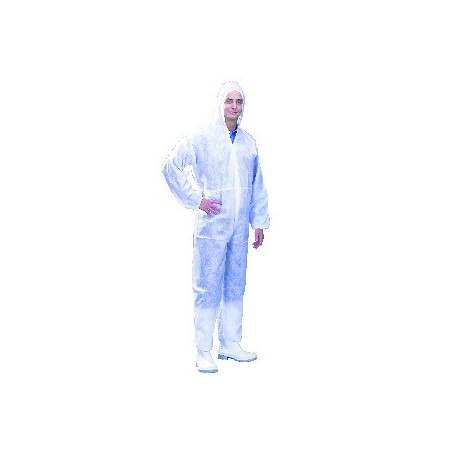In light of the unprecedented challenges we are currently facing as a result of the COVID-19 pandemic, we at pig333 want to contribute by creating material that will help swine producers, and agricultural workers in general, to remain healthy. As with previous infographics, the objective of this video is to continually promote best biosecurity practices. In this case, our biosecurity recommendations target the prevention of SARS-CoV-2 transmission amongst work groups within the farm. We hope that the video is helpful in demonstrating the following 5 measures:
1. Organize your farm workers into teams according to areas of production and maximize social distancing between and within these teams using both time and space

To minimize the spread of the disease within a farm work group, it is recommended to maximize social distancing whenever possible. In farms that are large enough, social distancing can be practiced both within and between production teams (i.e. farrowing, breeding, nursery, and finishing). Separating them as much as possible in time (i.e. separate arrival and break times) as well as by space. We highlight the fact that even off farm activities are important to consider. In the video, workers from different groups (i.e. workers 1&2 and 3&4) should not share the same vehicle to commute to the farm. If any worker does not feel well, she/he should stay home. In the video, we also show that even though worker #2 may be feeling well, there is still a possibility they may be infected and shedding the SARS-CoV-2 before showing any evident clinical signs of COVID-19. Do not forget that some infected people may show very mild clinical signs (i.e. running nose, sneezing, and coughing) common to many other conditions like common colds or allergies. Finally, the video exemplifies the strategic use of scheduling to separate team workers by starting their workday 1 hour apart. The necessary time could be adjusted as needed to keep common areas (i.e. entry rooms, showers, dressing rooms, etc..) clean and free of traffic.
2. Take precautions to decrease the dispersion of aerosol particles
Special focus should always be given to coughing and sneezing into your elbow whenever a mask cannot be worn (e.g. when eating a meal). SARS-CoV-2 replicates in the lining of the respiratory system and the main route of excretion is in aerosolized particles of respiratory fluids, mixed with mucus and saliva from the upper respiratory tract. Whenever we talk, cough, or sneeze we generate aerosol particles of different sizes. These particles can be inhaled or settle upon mucus membranes of susceptible people, either directly or indirectly, potentially infecting them. Special attention should be paid to the larger particles, also called droplets, since they are the most infectious type. These particles can contain large quantities of virus. Because of their size, droplets will settle rapidly due to gravity. Social distancing takes advantage of this phenomenon to decrease the possibility of direct person to person transmission. However, when they contaminate an inanimate object, they can create a fomite that can then play a role in the transmission to another person indirectly. The respiratory mucus in the droplet helps the virus to remain infectious for longer periods of time in the environment. The possibility of an apparently healthy person shedding the virus through aerosol particles is one of the main reasons for the use a facial mask at all times in the workplace, especially when social distancing cannot be respected.
3. Avoid touching your face (eyes, nose and mouth)
Besides the inhalation of aerosol particles, one of the main routes of infection is by the contamination of a person’s hands which then move the virus into the face. A key advantage of wearing a mask at all times is that is helps workers to prevent touching their faces. Masks also prevent the contamination of hands/gloves from the respiratory fluids of a person that is potentially shedding the virus and ultimately creating fomites when touching other surfaces. In the video, we put a special emphasis on showing our workers wearing facial masks while doing their work chores and talking to each other.
4. Wash your hands regularly with soap and water for at least 20 seconds
As with many pathogens, viral particles are inactivated by the powerful tool of water and soap. Thorough and frequent hand sanitation is strongly recommended in order to prevent the transmission of the disease while touching other surfaces or our own faces. In the video, we want to highlight the proper sequence of removing potentially contaminated PPE (e.g. mask) prior to washing hands. The proper removal of all PPE prior washing hands we help preventing cross contamination of the hands.
5. Frequent cleaning and disinfection of common areas and surfaces
We have emphasized the role of droplets in the transmission of the virus. While scheduling separate lunch breaks for work crews to ensure social distance while chatting, eating and socializing, it is critical to clean and disinfect the key common key areas before the next work crew enters in order to prevent cross contamination.
Now, more than ever, society recognizes how important the work of the people involved in essential services like food production are to everybody’s well being. We hope this material will reach as many farmers as possible and will help to protect their health and the health of those around them. Please stay safe and, hopefully in the near future, we will have the opportunity to enjoy a visit to the farm in person again.








